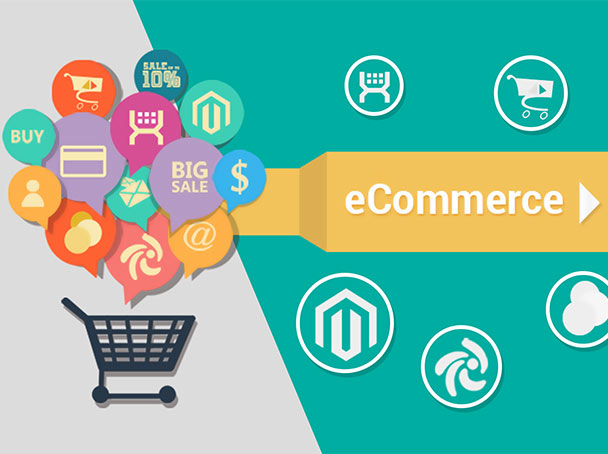
Are Indian e-commerce firms re-inventing the wheel?

In a bid to curb higher marketing costs and cater to diverse customer needs in a highly competitive market, Indian e-commerce players, in a reverse trend, are now expanding their platforms to brick-and-mortar outlets, according to The Economic Times report by IANS.
"The crux of the online business is low operating costs. This is fundamentally how e-commerce companies in the West have been successful. However, e-commerce in India is still at a very nascent stage because here the population who shop online is limited, whereas the amount of money that goes in to acquire those (customers) or to make a noise to bring awareness, is much higher," Vishwas Shringi, co-founder and chief executive officer, Voylla Fashion, told IANS.
Shringi explained that higher marketing and customer-acquisition cost in the online space in India make it imperative to search for an alternate business model.
"In the Indian scenario, running a business offline is more profitable than an online business now because of higher marketing cost. In case of offline, the operating cost is high, but you can still run the business with low customer-acquisition cost or a low marketing cost," he said.
"Fundamentally, if the customer-acquisition cost and the marketing cost, coupled with the operating cost in running a retail store is lower than in online, then it still makes sense, which is what the offline story of India is all about," Shringi told IANS.
According to a report by the India Brand Equity Foundation (IBEF), India's retail market is expected to nearly double to $1 trillion by 2020 from $600 billion in 2015, driven by income growth, urbanisation and attitudinal shifts.
While India's business-to-business (B2B) e-commerce market is expected to reach $700 billion by 2020, the report added that online retail is expected to be at par with the physical stores in the next five years.
Lenskart's CEO Peyush Bansal points at better returns from going omni-channel (being present both online and offline) along with lower alternative expenses, like marketing costs and maintenance costs.
"Whether the online (store) is going offline or the offline is going online, the way I would put it is that they are all going omni-channel. That improves the ROI (return on investment) of the business quite a lot," Bansal told IANS.
Source: The Economic Times









